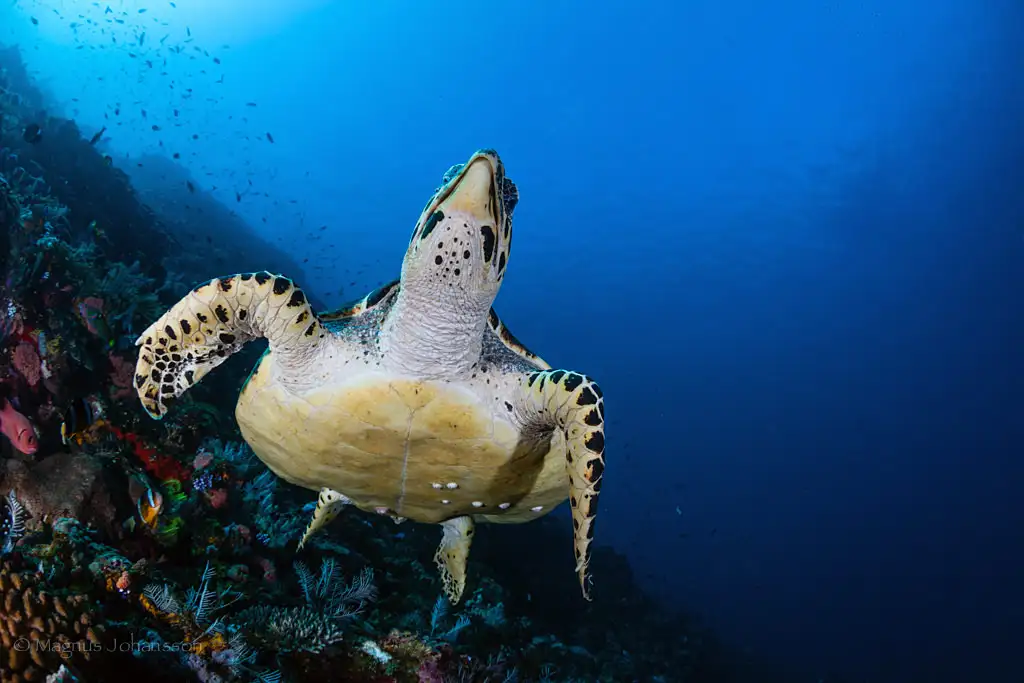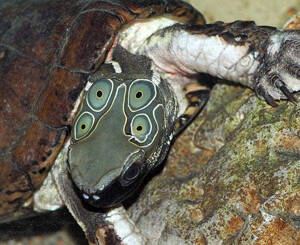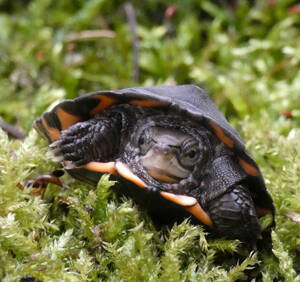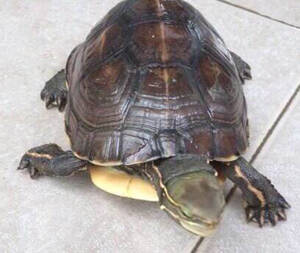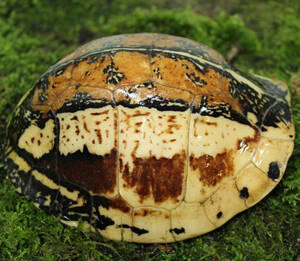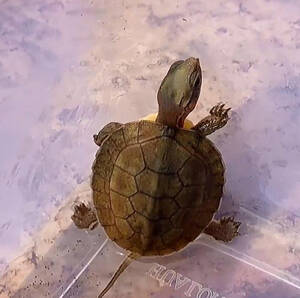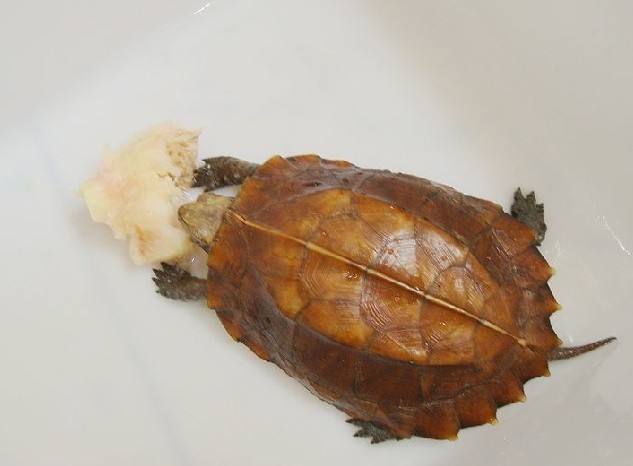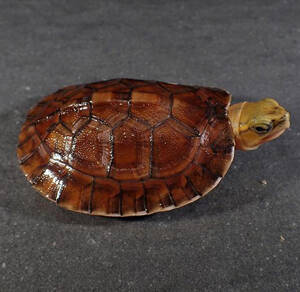Chelonia mydas
IUCN
LCBasic Information
Scientific classification
- name:Chelonia mydas
- Scientific Name:Chelonia mydas,Green Turtle,Sea turtle, black turtle, stone turtle
- Outline:Testudines
- Family:Cheloniformes
Vital signs
- length:80-150cm
- Weight:65-136kg
- lifetime:80-152years
Feature
One of the largest hard-shelled sea turtles, it is named for the green color of its fat.
Distribution and Habitat
Green turtles are distributed in tropical and subtropical waters between 55°N and 46°S around the world. They are also distributed in coastal areas of Jiangsu, Zhejiang, Fujian, Taiwan, Guangdong and other places in China, especially in the South China Sea. However, their egg-laying sites are only along the coasts and islands in western Fujian and eastern Guangdong.
Green turtles live in water all their lives. The distribution of sea turtles in the sea is closely related to the water depth, and most of them are concentrated in waters 0-50 meters deep.
Appearance
The head is of moderate size, with a short and round snout, the upper jaw is not hooked, the carapace is oval, and the scutes are mosaic and do not cover each other. The head, neck, carapace, and limbs are dark brown-red, tending to brown; the scutes are scattered with yellow-white radial patterns; the color of the juvenile is brighter, the abdomen is light yellow, and the young turtle is milky white.
Details
The green turtle, also known as the sea turtle, is one of the larger species of sea turtles. It is named because its body fat is rich in chlorophyll, the main food of seaweed. The gender of adult turtles is easy to identify, and the length of the tail is a gender characteristic. Generally speaking, the tail of male turtles is much longer than that of female turtles. Green turtles, like other sea turtles, spend their entire lives in the ocean except for coming ashore to lay eggs.
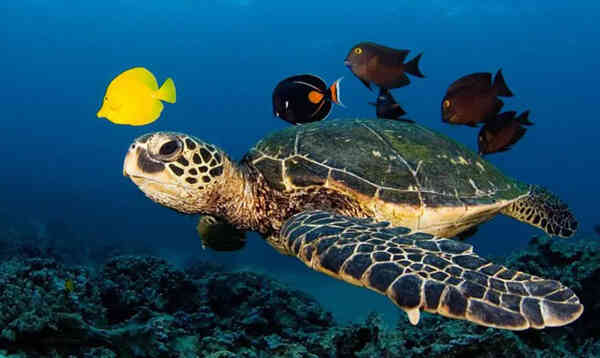
According to research, the distribution of sea turtles in the sea is mainly in waters close to the edge of the ocean current and close to the shore, and there are not many in the main axis of the ocean current. In addition, the feeding habits and egg-laying activities of the sea turtles themselves will also affect the distribution of sea turtles. The temperature and depth of the sea water are also influencing environmental factors. Sea turtles will choose to stay in the continental shelf waters close to the shore, with higher water temperature and shallower water depth, and the food here is also more sufficient.
The green turtle is a large migratory turtle that forages in a fixed area and lays eggs in another place. It feeds mainly on seaweed, and occasionally eats mollusks, arthropods or fish. It often feeds in shallow waters covered with seaweed. The young turtles are carnivorous, and become omnivorous when they grow up. It is the only species of turtle that eats more seaweed and the only species that goes ashore to bask in the sun.
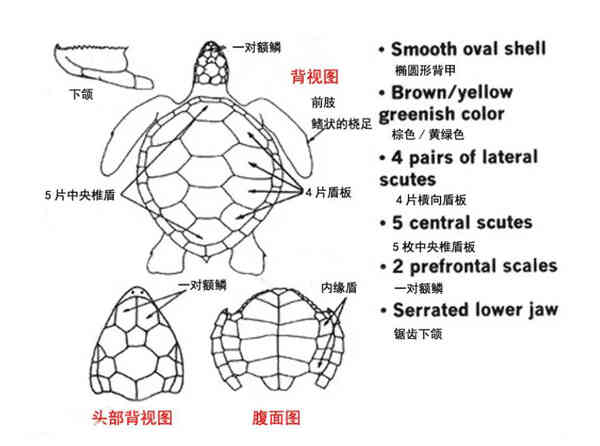
Green turtles breathe with their lungs, but their chests cannot move. They breathe in a swallowing manner, and they have to stick their heads out of the sea to breathe every once in a while. But they can also live underwater for a long time because they have an anal sac with a special breathing function, which is a pair of thin sacs on both sides of the rectum. There are many capillaries on the wall of the anal sac. When the green turtle lives in the sea, it can rhythmically contract the muscles around the anus to make the seawater flow in and out between the anus, rectum and anal sac. At this time, the red blood cells in the micro-blood vessels can absorb oxygen from the seawater, and there is no need to stick the head out of the water to breathe. At night, the green turtle lies on the sea surface to sleep, temporarily stopping the breathing of the anal sac and breathing with the lungs instead.
The green turtle is widely distributed in tropical and subtropical waters, that is, the sea area between the 20℃ isotherm of the north and south latitudes, and lays eggs on the beach with a water temperature of more than 25℃. Because it breathes with its lungs, the diving depth limit in the sea is about one or two hundred meters. The staple food of the green turtle is seaweed and large seaweed in the sea, so a lot of green pigments are accumulated in the fat in the body, showing a light green color, which is also the reason for its name.
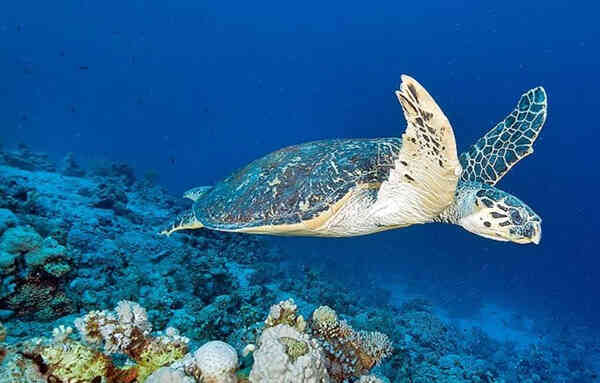
Adult green turtles have almost no major natural enemies except humans because of their large size, hard back and plastron, and fast swimming speed. However, the natural enemies of young green turtles are very many. On land, there are various animals on the beach, such as livestock, sand crabs, raccoons, red ants, snakes, birds of prey, etc., which will attack the young turtles. In the sea, there are various carnivorous fish such as sharks and swordfish. Due to the lack of sufficient defense ability, the shell of the young turtle is not hard enough, and the running (swimming) is not fast enough, it is easy to become a delicacy for these natural enemies. The mortality rate of young green turtles in the first year is very high. Research data estimates that less than one thousandth of the young green turtles can grow into adult turtles. In addition, marine pollution can also cause turtles to be infected with diseases, and residual fishing lines may also entangle the limbs or head and neck of the turtles, causing the turtles to lose limbs or even die. The above human destruction has seriously reduced the survival rate of the turtle population.
Listed in the first level of the "List of National Key Protected Wildlife in China".

